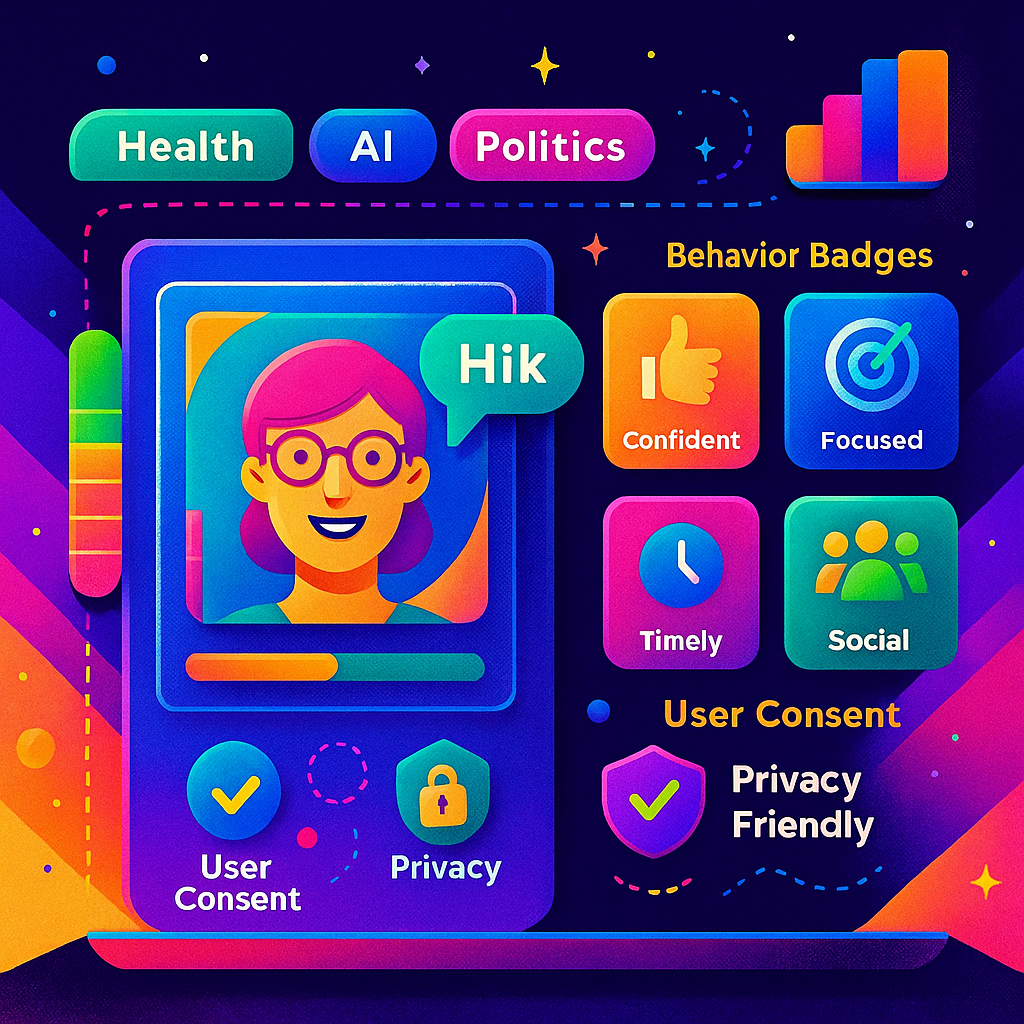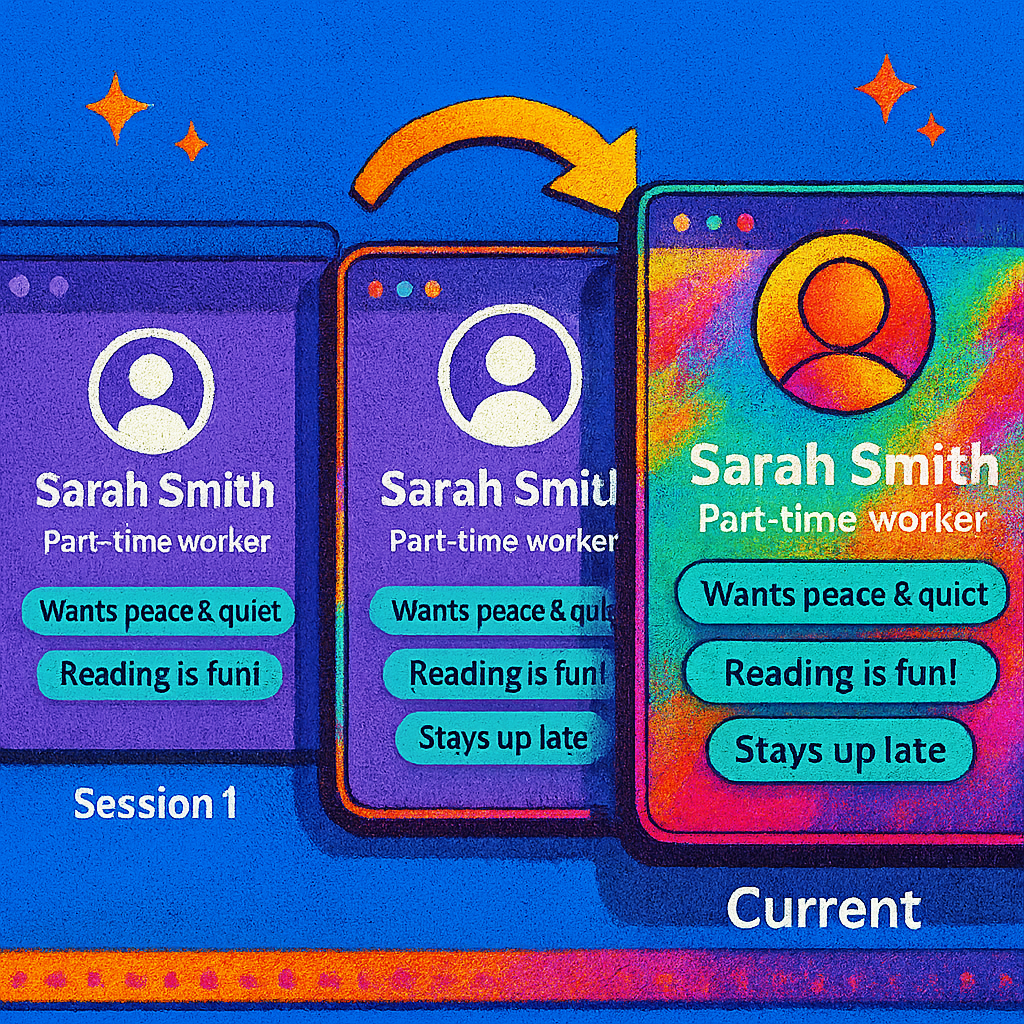Contextual Personas for Edge Devices
by Admin-checker
INDEX
See how zero-party data is transforming static personas into living, real-time profiles. Learn how to personalize UX with self-declared insights that update continuously.
Date Jul 23, 2025
INDEX

Traditional personas are dead.
The personalization of 2025 operates through user-provided zero-party data which we use to make real-time adjustments.
The transformation of user profiles from static to living personas occurs because they adapt to user intent in real time.
Users actively provide zero-party data by sharing their preferences goals and needs. The data collection method differs from first-party data because it is:
Examples include:
This data is gold—because it’s accurate and permissioned.
Old-school personas were fixed: a PDF with names, job titles, and assumed needs.
Living personas, by contrast, adapt over time. They’re powered by:
This means your product can reflect users’ current intent—not last quarter’s assumption.

✅ Hyper-Personalization:
Your product responds to live user preferences.
✅ Faster Iteration:
Real data makes targeting and feature building more agile.
✅ Stronger Trust:
Users feel seen when their input shapes experience.
✅ Better UX Decisions:
Designers work with current, validated insights—not outdated assumptions.
At Boosta, we use zero-party data to shape user flows from day one.
Here’s how:
Living personas let us design not just for users—but with them.
Zero-party data gives users a voice. Living personas let you listen—and adapt. In 2025, the most effective UX isn’t built on guesswork, but on conversation. Start turning static profiles into dynamic journeys—one real-time input at a time.
Teams use Zapier in boardrooms, spare rooms, and rooms where AI has ROI.